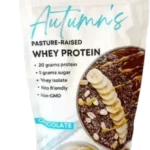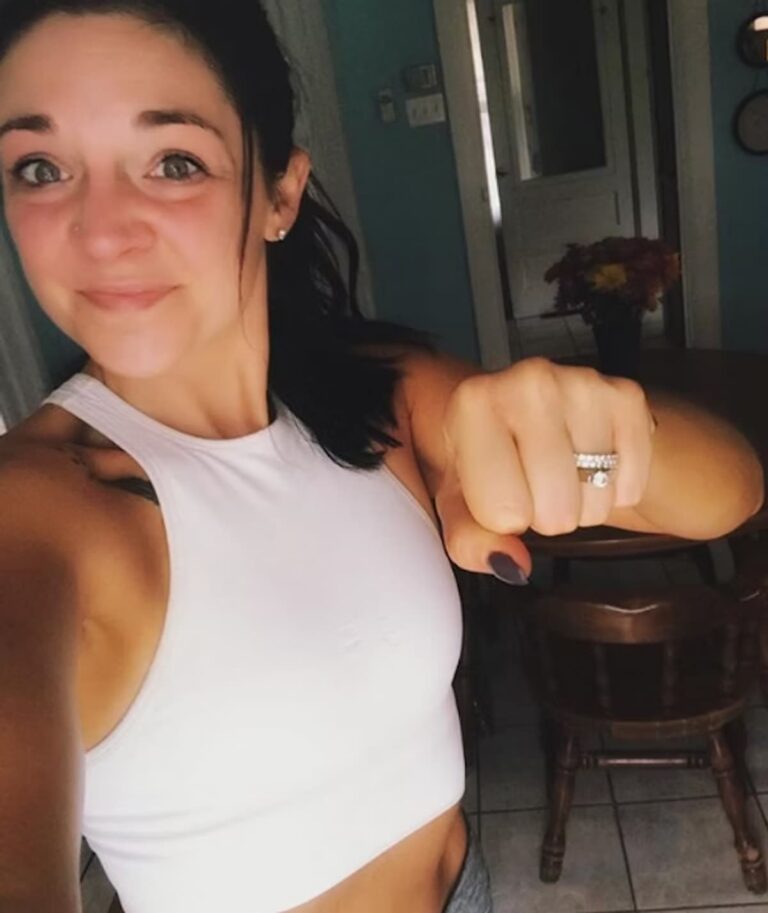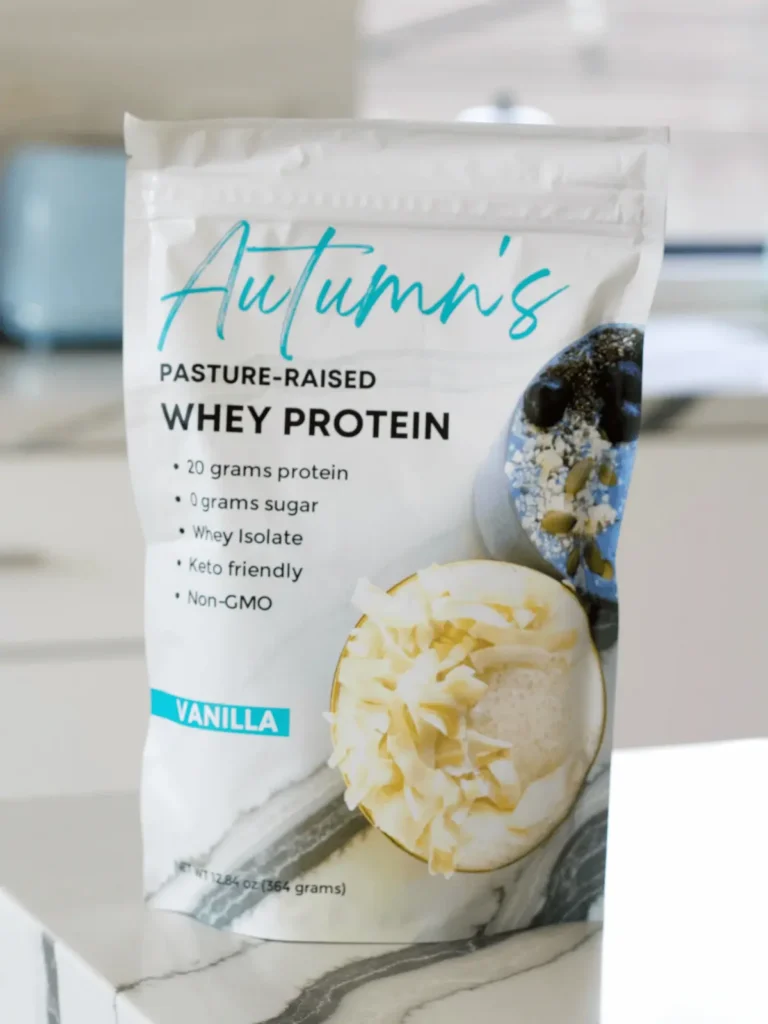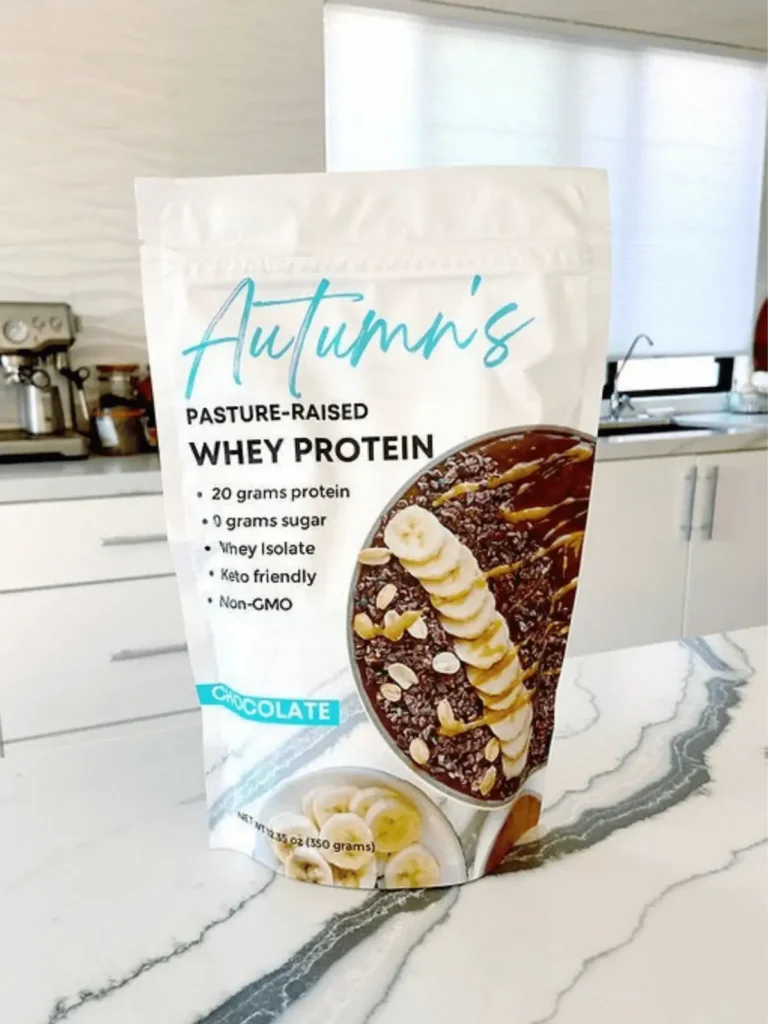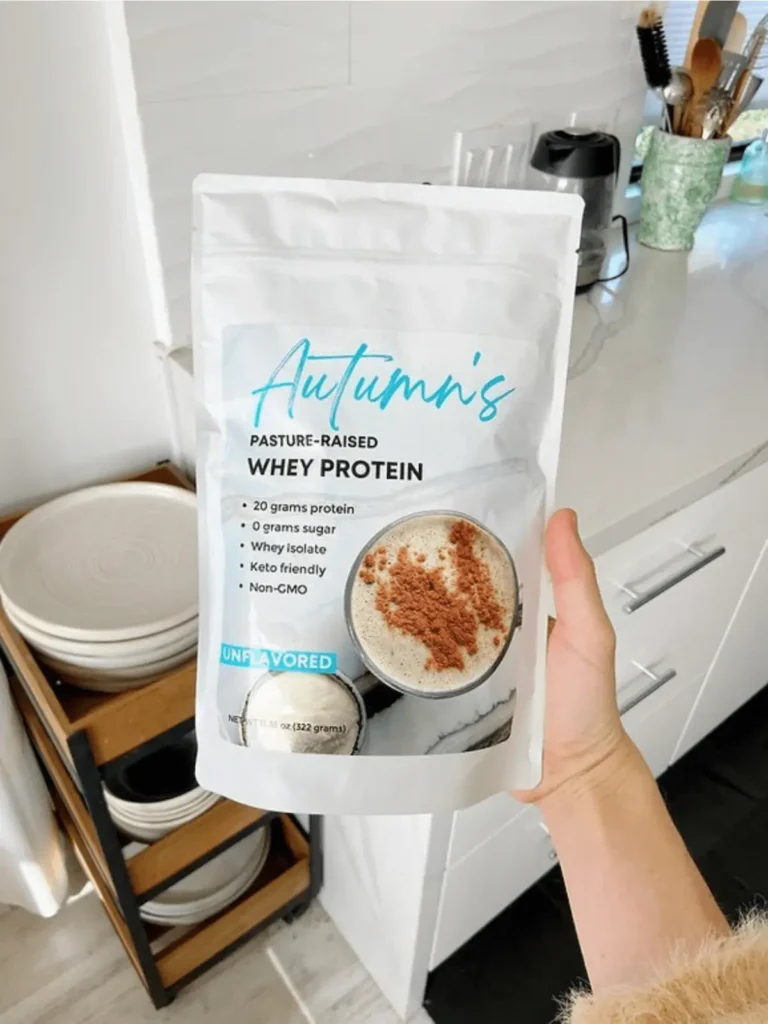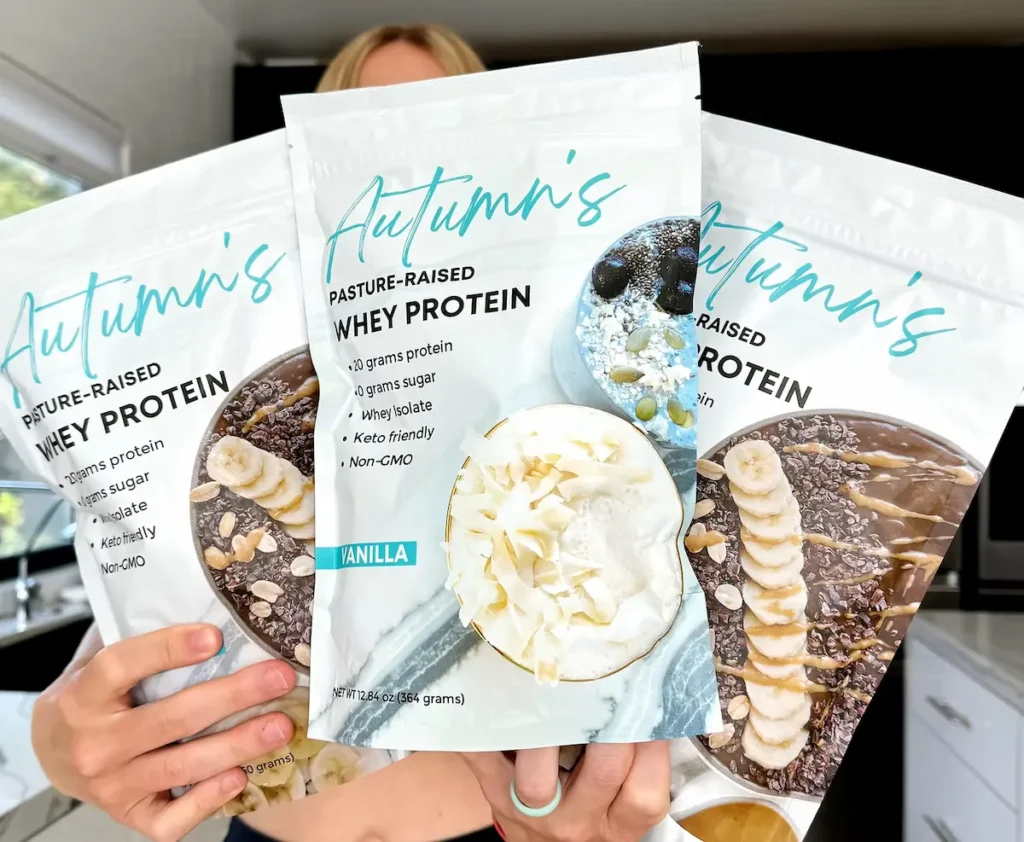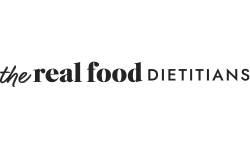This is how you can realistically lose 2 pounds per week while still eating delicious, satisfying and filling meals.

Is It Realistic To Lose 2 Pounds A Week?
Losing two pounds per week is a realistic goal. However, it might take a few weeks for the body to re-adapt to burning fat as fuel before it starts to tap into it’s own fat stores. One crucial thing to note about the “2 pound a week” goal, is that using a scale is one of the worst ways to measure weight loss progress.
A scale will not tell you if you’re losing fat or if you’re losing muscle. It can only tell you your overall weight. And if this doesn’t sound like a big deal to you, it should. Because losing body fat is what will result in overall improved health and a more lean physique. On the flip side, losing muscle mass does not mean that you’ve lost fat. You can lose muscle mass while still maintaining body fat. So even though you’ve “lost weight”, you haven’t actually lost fat. Plus, decreased muscle mass lowers the body’s metabolism and increases insulin resistance making it even harder to achieve a weight loss goal in the future.(1)
So is a goal of two pounds a week realistic? Yes. You can find stories like Ron’s where he was losing more than two pounds a week HERE. And then there’s Robyn, who experienced a little over three pounds per week of weight loss HERE. However, is a goal of two pounds per week a good goal? Not really. Instead, if you need to have a numeric way to track your progress, try using an at-home body fat/muscle mass scale (like THIS one) that can give you an idea of how much body fat you’ve lost and whether or not you’re losing muscle. These are the numbers that you’ll want to pay attention to. NOT to the overall scale number.
Related: How To Lose 2 Pounds A Week [3 Simple Steps]

What To Eat To Lose 2 Pounds Per Week
When looking to achieve a weight loss goal, we want to focus on the foods that help to maintain lean muscle while stabilizing blood sugar. This combination helps you to feel full and satisfied while naturally allowing the body to tap into internal fat stores as fuel and maintaining the metabolism. With this combination in mind, we want to focus on foods that are naturally rich in protein, fat and low glycemic fruits and veggies.
Protein Rich Foods
Foods that are rich in high quality protein include eggs, greek yogurt, cottage cheese, chicken, beef, whey protein powder, tempeh, seafood, lamb, bison, goat and venison. These are some of the highest quality proteins, however you can also find a complete list of proteins for weight loss HERE.
Foods rich in protein naturally suppress cravings and hunger by raising the satiety hormone peptide YY. It’s also been found to be the most important macronutrient when it comes to losing body fat while maintaining muscle mass.(2) In fact, protein is so important for a weight loss goal that higher protein intakes have been found to be better than simple calorie restriction for losing weight and body fat.(3)
This is why you’ll find in my Complete Intermittent Fasting Bundle, every meal is centered around high quality sources of protein to support a healthy metabolism. When structuring your meals to support a weight loss goal, it’s important to always think about your protein source first before anything else. The amount of protein you will need will vary based on your goals and current weight, however a good rule of thumb for most people is to aim for around 20-30 grams of high quality protein at each meal.
Try my Almond Butter Recovery Smoothie for a delicious and simple way to pack in 20 grams of high quality protein HERE.
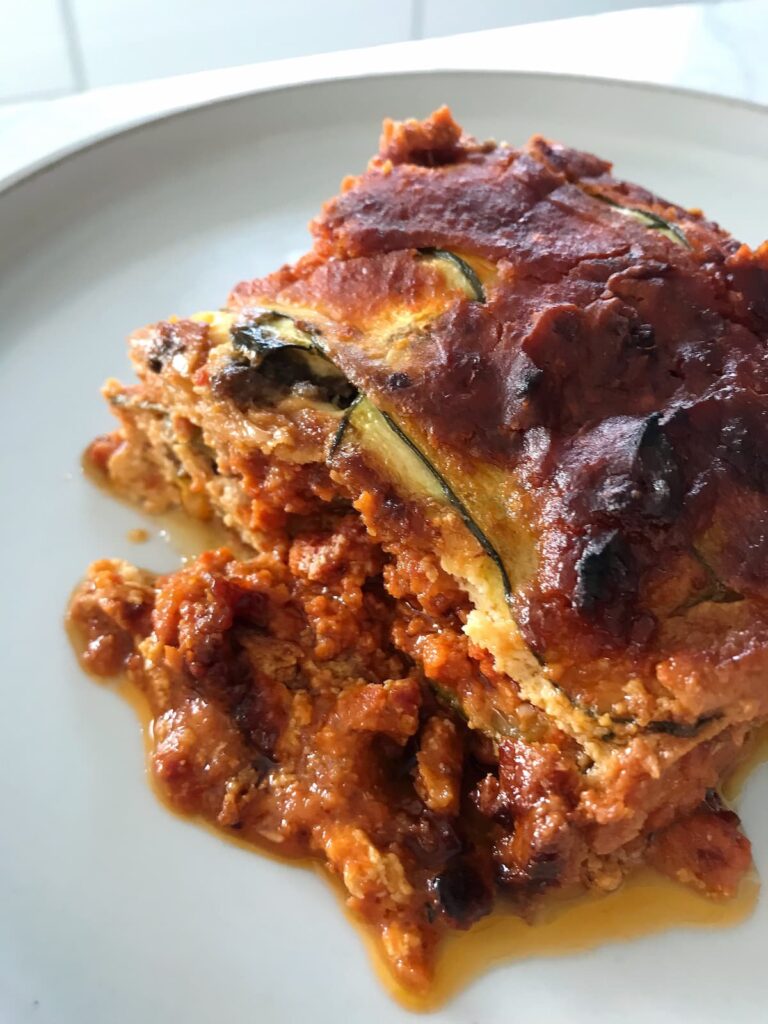
Low Glycemic Load Fruits And Veggies
Foods that are low glycemic load include (but definitely not limited to) leafy greens, raspberries, blackberries, broccoli, cauliflower, zucchini, strawberries, peaches, asparagus, Brussels sprouts, cabbage, carrots and plums. You can find a complete list of low glycemic load fruits and veggies HERE.
Foods that are low glycemic load don’t overly spike blood sugar levels and therefore helps to keep the blood sugar more stable. This stable blood sugar level can help to reduce energy crashes while also allowing the body to more easily shift back into a state of fat burning. On the flip side, medium to high glycemic load foods (like most grains, flours, dried fruit and potatoes) cause a much larger spike in blood sugar. This huge spike can lead to a blood sugar crash, causing issues such as low energy, increased sugar cravings and hunger ~ not to mention a much larger spike in the storing hormone insulin.
When optimizing for a weight loss goal, it’s important to stick with the low glycemic load fruits and veggies with minimal to zero servings of medium to high glycemic load options (particularly if you’re carb sensitive).
Try my EPIC zucchini lasagna recipe that tastes like the REAL DEAL but only uses low glycemic ingredients! Grab the recipe HERE.

High Quality Fats
High quality fats include ingredients like avocado, olives, grass-fed butter and cheese, nuts, seeds, olive oil, coconut oil, nut butters and the fat naturally found in animal based products (like grass-fed beef and fatty fish). Fat plays a crucial role in helping to stabilize blood sugar levels by providing energy for the body to use other than sugar. Eating enough high quality fats also works alongside protein in helping you to feel full and satisfied and prevent sugar cravings.
The amount of fat each person needs will vary. One of the biggest factors is body fat percentage. Typically, if someone has a higher body fat percentage, they will not require as much fat from their meals in order to feel satisfied (assuming enough protein has been eaten). This is because the body can pull from internal fat stores to provide energy needed between meals. Usually this can range from 1-2 servings of fat per meal.
However, if someone has a lower body fat percentage or if someone’s body fat percentage is now lower after achieving their weight loss goal, then they will likely need more fat to provide the energy that the body needs because there is less body fat to pull from. Typically this will result in about 3-4 servings of fat per meal.
Try my Summery Caprese Salad recipe with various high quality fats HERE.
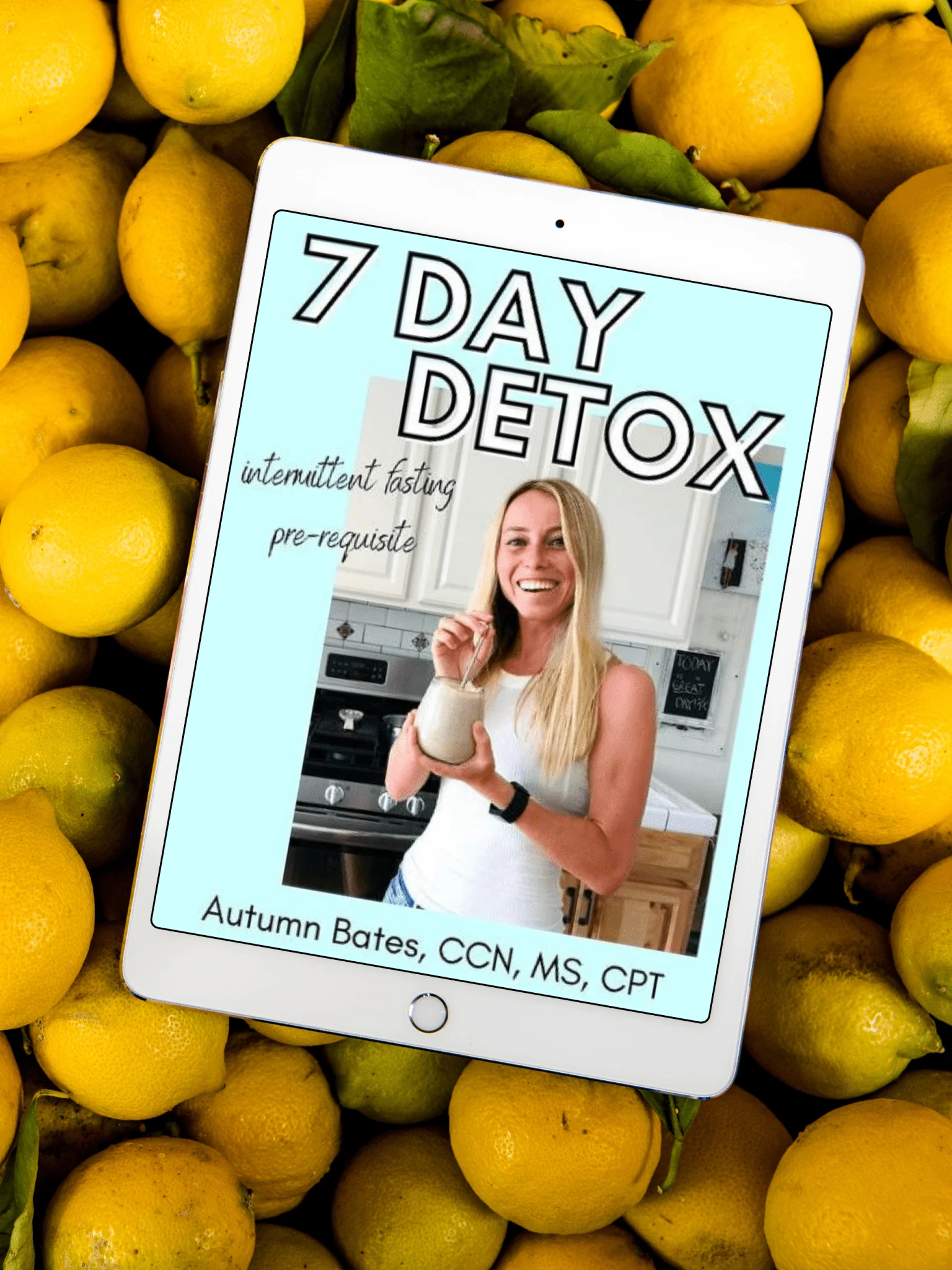
Jumpstart your wellness journey
7 Day Detox
The 7 Day Detox provides a complete reset for your body, naturally promoting detoxification while curbing sugar cravings with a structured plan.
